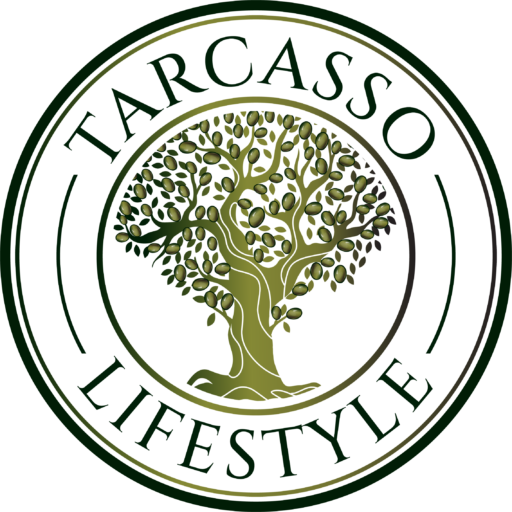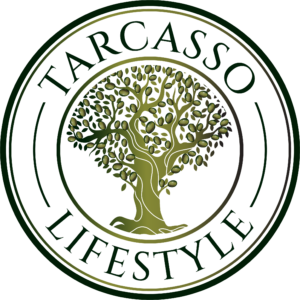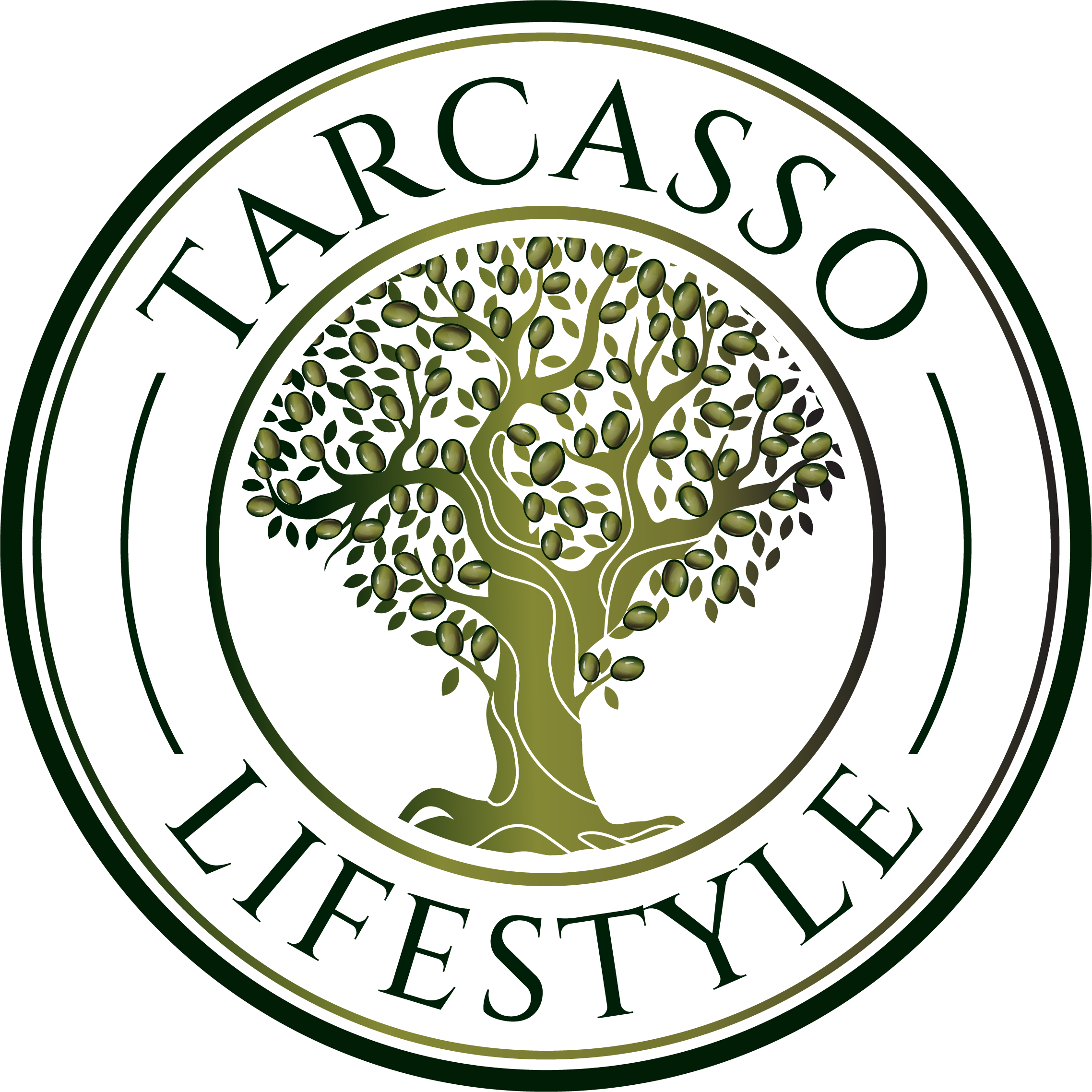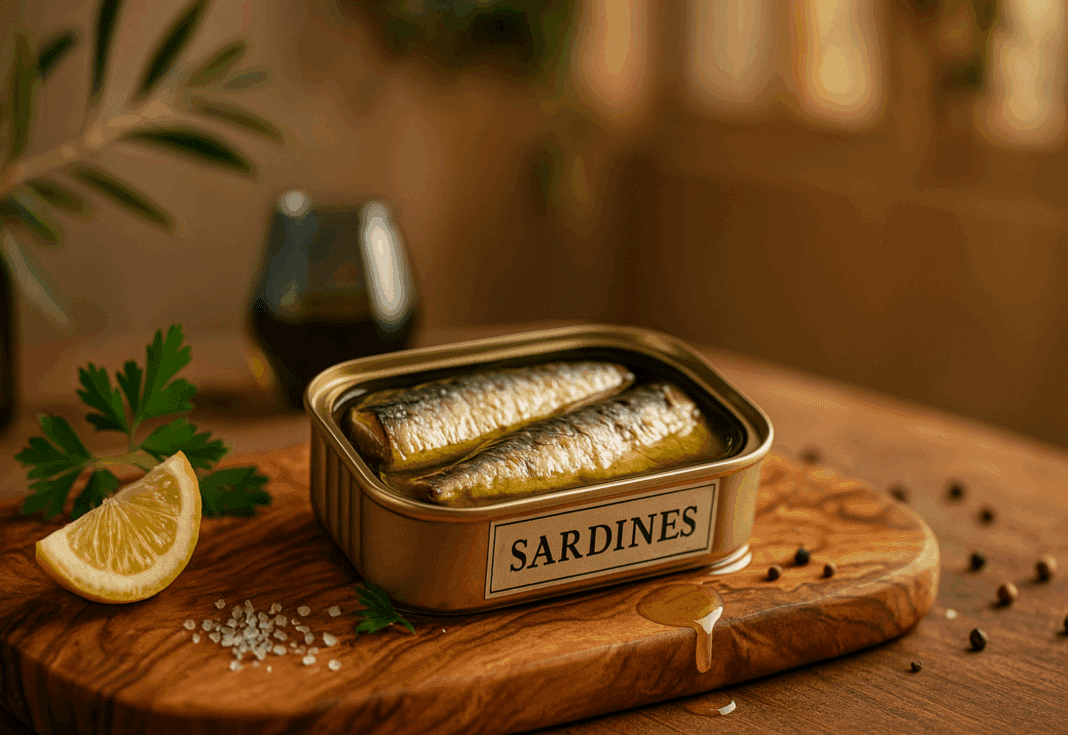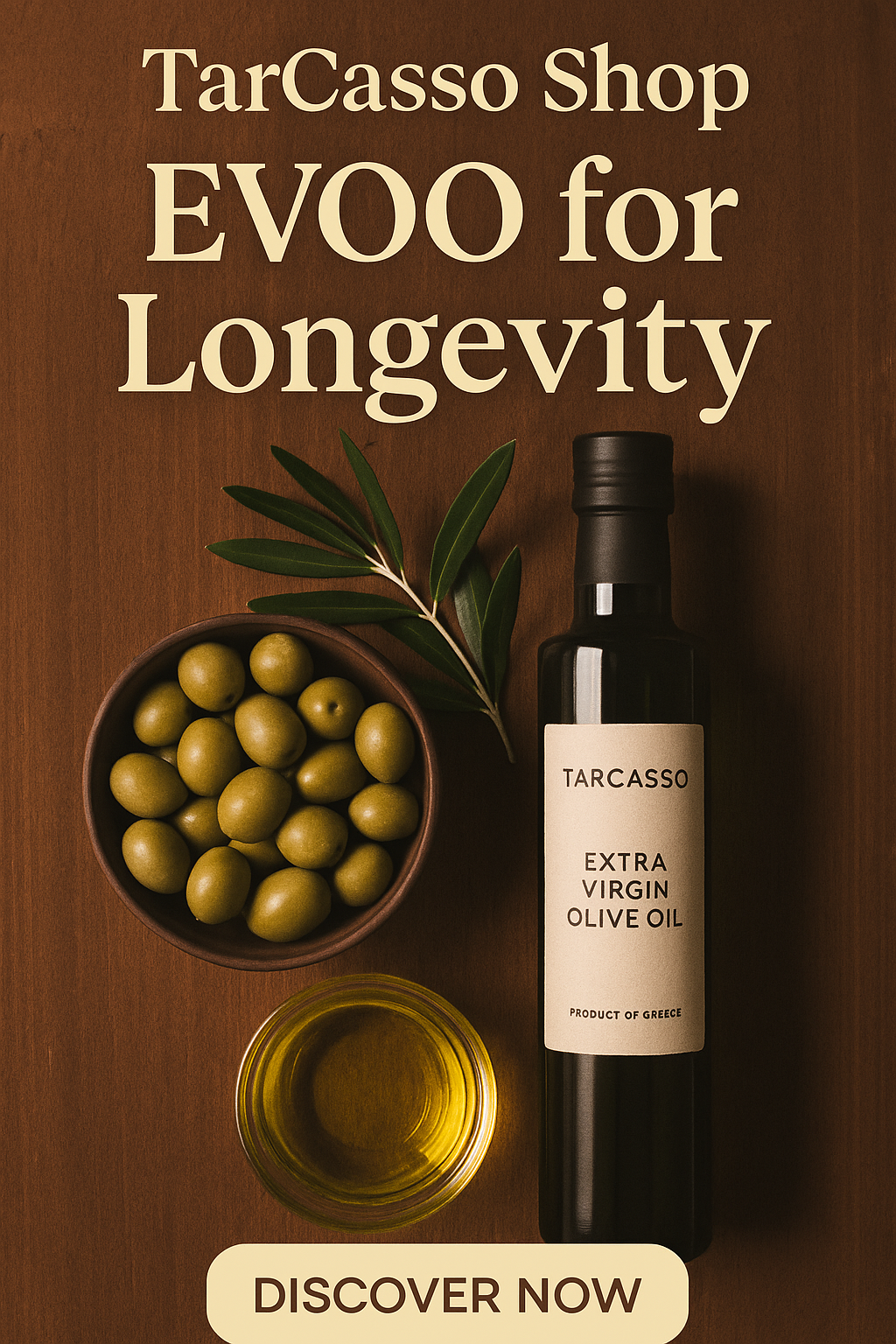Why this matters: If you want a food strategy that actually does something for healthspan—not just your weight—aim for nutrient density: the most vitamins, minerals, essential fats, amino acids, and bioactives per calorie, per bite, and with good bioavailability. It’s the foundation of Mediterranean-style longevity eating because it delivers what your cells need without the metabolic baggage of excess energy and additives.
What “nutrient dense” really means
- Nutrients per calorie: How much nutrition you get for the energy you consume. Leafy greens score high; soda scores zero. Read more here on the definition of nutrient density.
- Bioavailability: Can your body actually use it? Heme-iron from seafood and liver absorbs better than plant iron; vitamin C increases plant-iron absorption.
- Matrix effects: Whole foods come with synergistic compounds—polyphenols, fiber, peptides, omega-3s—that work together in ways isolates don’t.
- Satiety + metabolic ease: Nutrient-dense meals tend to be more satisfying and support steadier glucose, which compounds over years into better cardiometabolic markers.
Why nutrient density supports longevity
- Micronutrient sufficiency: Fewer gaps in essentials like magnesium, choline, iodine, vitamins D/K2/B12.
- Lower chronic inflammation: Omega-3s, polyphenols, and fiber-rich foods help resolve low-grade inflammation.
- Muscle & bone preservation: High-quality protein plus minerals (calcium, phosphorus) and vitamins (D, K2) support strength and structure.
- Mitochondrial support: B-vitamins, CoQ10, and antioxidants aid energy production—vital as we age.
- Microbiome health: Diverse fibers and fermented foods nurture gut resilience.
Sardines: The Underrated Longevity Superfood
Canned sardines (ideally in extra virgin olive oil) are a textbook example of nutrient density with bonus convenience.
What you get in one small tin (~100–120 g):
- Omega-3s (EPA/DHA): Heart, brain, and anti-inflammatory benefits.
- Complete protein: ~20–25 g to support muscle maintenance.
- Calcium + phosphorus + vitamin D: Especially if you eat the soft bones—great for bone health.
- Vitamin B12 + selenium + iodine: Key for nervous system, thyroid, and antioxidant defense.
- Low mercury & sustainable: Small, short-lived fish carry minimal heavy metal burden.
How to use (TarCasso style):
- Fork sardines over Tuscan beans, cherry tomatoes, parsley, and EVOO; finish with lemon zest.
- Mash with capers, Dijon, and herbs for a quick spread; serve on whole-grain toast with arugula.
- Toss into a warm broccoli–olive–garlic skillet; squeeze lemon right before serving.
Pro tip: Pair oily fish with EVOO and greens—fat improves absorption of fat-soluble vitamins, and polyphenols add extra anti-inflammatory punch.
The Big 10: Foods with High Nutrient Density
Use these as anchors for daily/weekly meal planning. Rotate for diversity.
| # | Food | Key Nutrients | Longevity Angle | Easy Serving Ideas |
|---|---|---|---|---|
| 1 | Canned sardines (in EVOO) | EPA/DHA, protein, calcium, D, B12, selenium, iodine | Heart/brain support, bone health, low-mercury | Over beans & greens; mash with lemon/capers |
| 2 | Mussels | B12, iron (heme), zinc, selenium, omega-3s | Energy & thyroid support; highly bioavailable minerals | Steam with garlic, parsley, white wine |
| 3 | Oysters | Zinc, copper, B12, DHA, taurine | Immune & metabolic health; antioxidant enzymes | Raw or lightly grilled with lemon |
| 4 | Beef liver | Vitamin A (retinol), B12, folate, choline, iron | Nutrient “multivitamin;” red-blood-cell & liver function | 50–100 g pâté weekly or minced into sauces |
| 5 | Eggs | Choline, biotin, B12, D, lutein/zeaxanthin | Brain, eye, and metabolic health | Soft-boiled; frittata with seasonal veg |
| 6 | Greek yogurt or kefir (plain) | Protein, calcium, K2 (some), probiotics | Muscle & bone support; gut resilience | With walnuts and berries; tzatziki dip |
| 7 | Kale/leafy greens | K1, C, folate, magnesium, potassium, nitrates | Vascular function, detox pathways, low calorie | EVOO massaged salad; garlicky sauté |
| 8 | Broccoli/crucifers | Sulforaphane precursors, C, folate, fiber | Detox enzymes, anti-inflammatory, microbiome | Lightly steamed; olive-oil–lemon dressing |
| 9 | Lentils | Plant protein, iron, folate, magnesium, fiber | Glycemic control, gut health, longevity staples | Warm lentil salad with EVOO & herbs |
| 10 | Extra virgin olive oil | Polyphenols, oleic acid, vitamin E | Anti-inflammatory, cardiometabolic benefits | Daily dressing/finisher; avoid high-heat frying |
Note: Portions and frequency depend on your context; a practical target is one from the seafood trio (sardines/mussels/oysters) 2–3×/week, eggs most days, greens daily, legumes 3–5×/week, and EVOO as your default fat.
Building a Nutrient-Dense Plate (Daily Playbook)
- Start with protein: Eggs, yogurt/kefir, fish, or legumes.
- Add a double handful of plants: Leafy greens + one colorful veg (crucifer if possible).
- Finish with EVOO and acid: Olive oil + lemon or vinegar for flavor and absorption.
- Sprinkle minerals: Nuts/seeds or a seafood topper for zinc, iodine, selenium.
- Ferment something: Yogurt, kefir, sauerkraut for the microbiome.
Smart cautions
- Liver: Extremely nutrient-rich—think small weekly portions, not daily.
- Purines: Sardines/shellfish are higher; if you have gout history, moderate and stay hydrated.
- Dairy: Choose plain, fermented options; adjust if lactose-intolerant.
The TarCasso Takeaway
Nutrient density is the elegant shortcut: fewer decisions, more nutrition, better aging. Make EVOO your default fat, put sardines and shellfish back on the menu, keep eggs, greens, crucifers, and legumes in steady rotation, and let fermented dairy and nuts round things out. Do this consistently and you’ve built a longevity strategy that’s simple, delicious, and remarkably effective.
